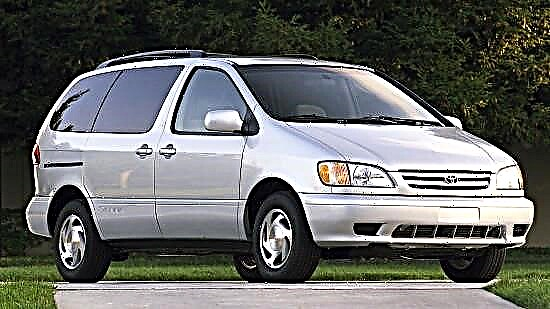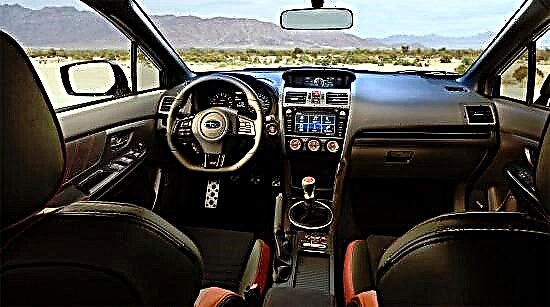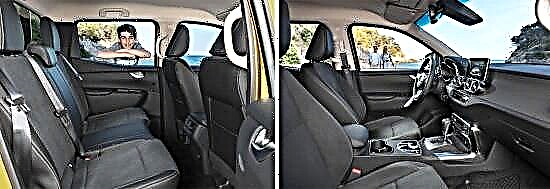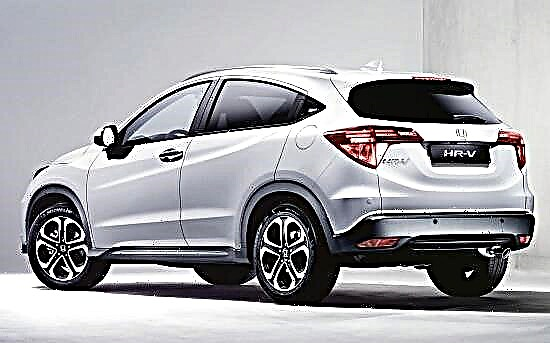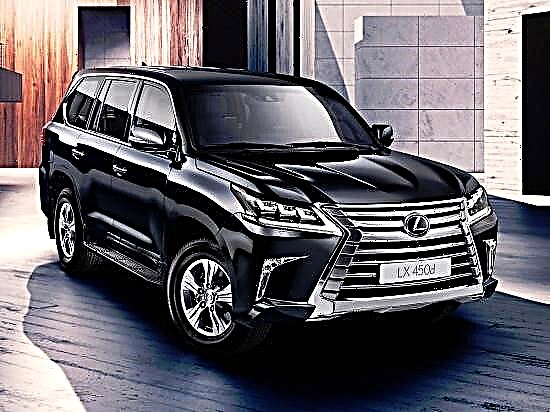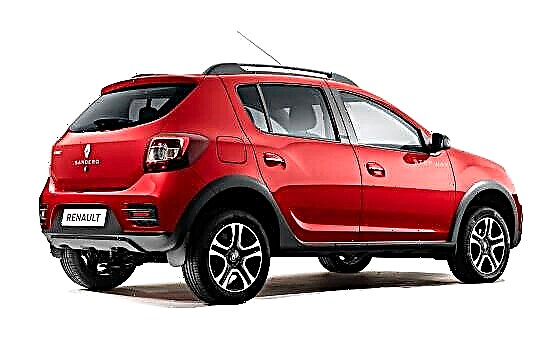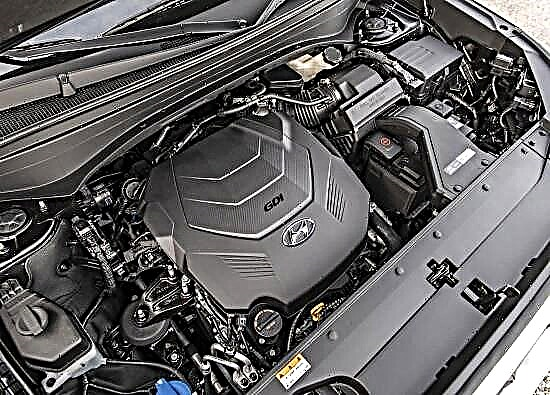The subcompact car Renault Clio of the first generation, which replaced the outdated Renault 5 model, first appeared before the public in the fall of 1990 at the Paris Motor Show and soon went on sale at home, although it did not reach other European countries until March 1991. During its "life" the car was modernized three times (in 1991, 1994 and 1996), improving externally, internally and technically, and was mass-produced until 1998, selling in the amount of about 4 million copies.

The first generation Clio is a European B-class hatchback with a three- or five-door body configuration.

The overall length of the car is 3716 mm, width - 1632 mm, height - 1395 mm with a wheelbase that fits into 2467 mm.

The bottom of the "Frenchman" is separated from the roadbed by a 120 mm clearance. Its curb weight varies from 810 to 955 kg, depending on the version.
Specifications. A wide range of powertrains was available for the 1st generation Renault Clio:
- The car was equipped with petrol four-cylinder units with carburetor, central and distributed fuel injection with a volume of 1.1 to 2.0 liters, generating from 49 to 150 horsepower and from 79 to 185 Nm of torque.
- In addition, a 1.9-liter naturally aspirated diesel engine was installed on the hatchback, producing 64 "mares" and 118 Nm of maximum thrust.
The engines were mated with a 5-speed "mechanics", or a 3- or 4-speed "automatic", as well as uncontested front-wheel drive.
The "first" Clio is based on a front wheel drive bogie with a transversely based powertrain, independent suspension with shock absorbers at the front and a semi-independent structure with a torsion beam at the rear.
The hatchback is equipped with a braking system with disc front and drum rear mechanisms, supplemented by ABS, but power steering was not offered for it even as an option.
"Clio" of the first generation has a number of positive qualities - reliable design, ergonomic interior, economical engines, good driving characteristics, low cost of the car itself and of spare parts.
But not without negative points - stiff suspension, modest ground clearance and spartan equipment.



